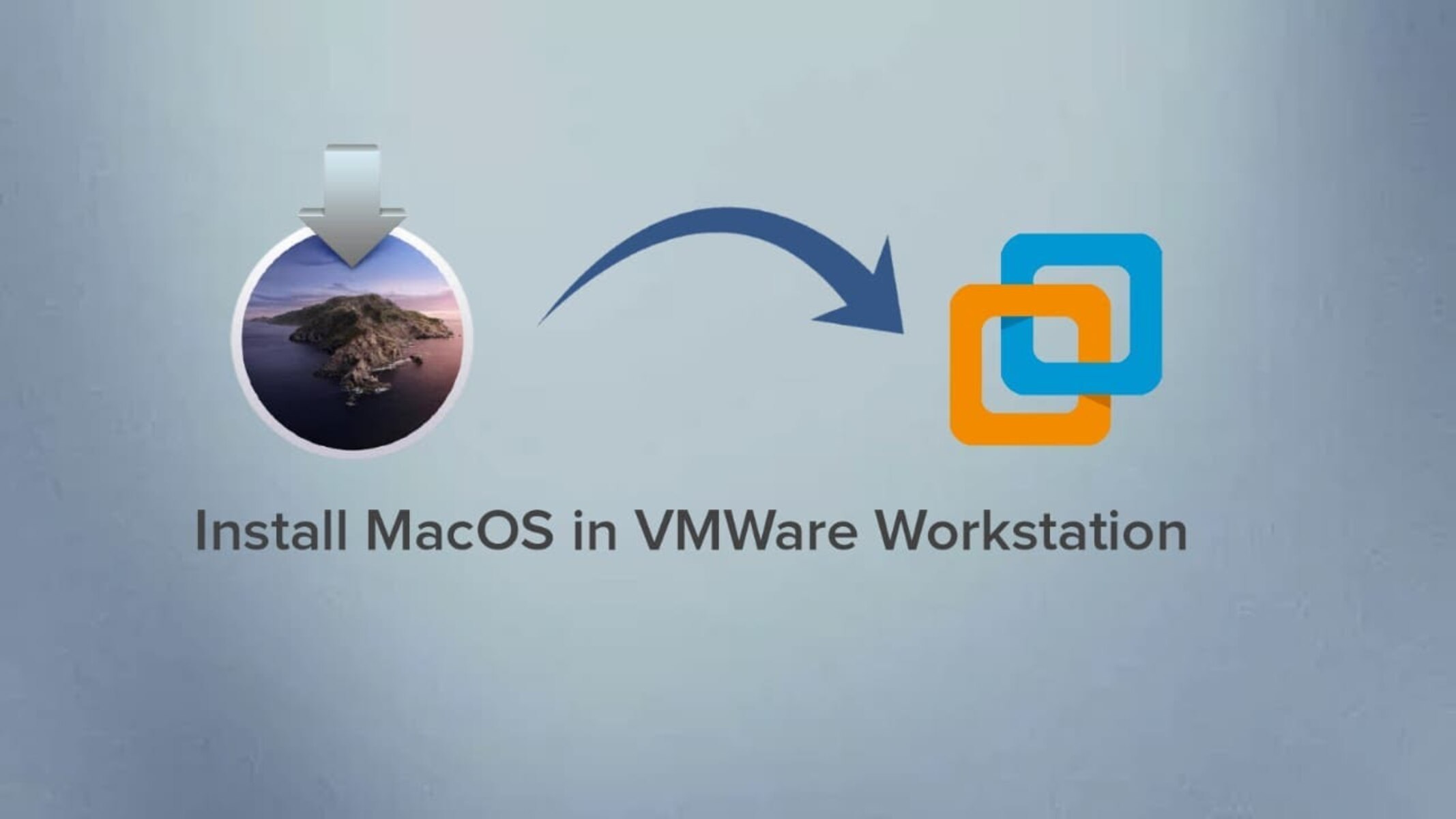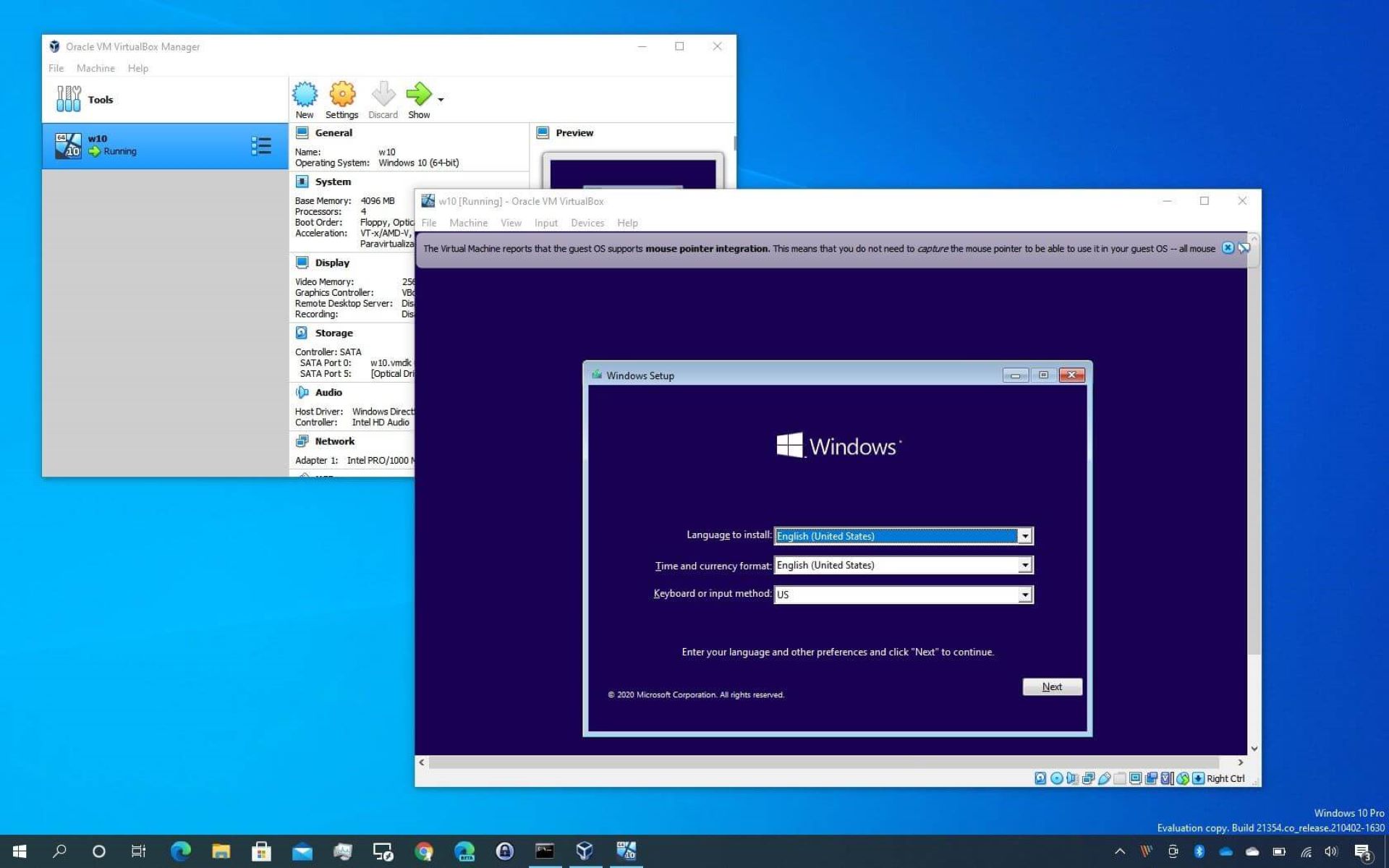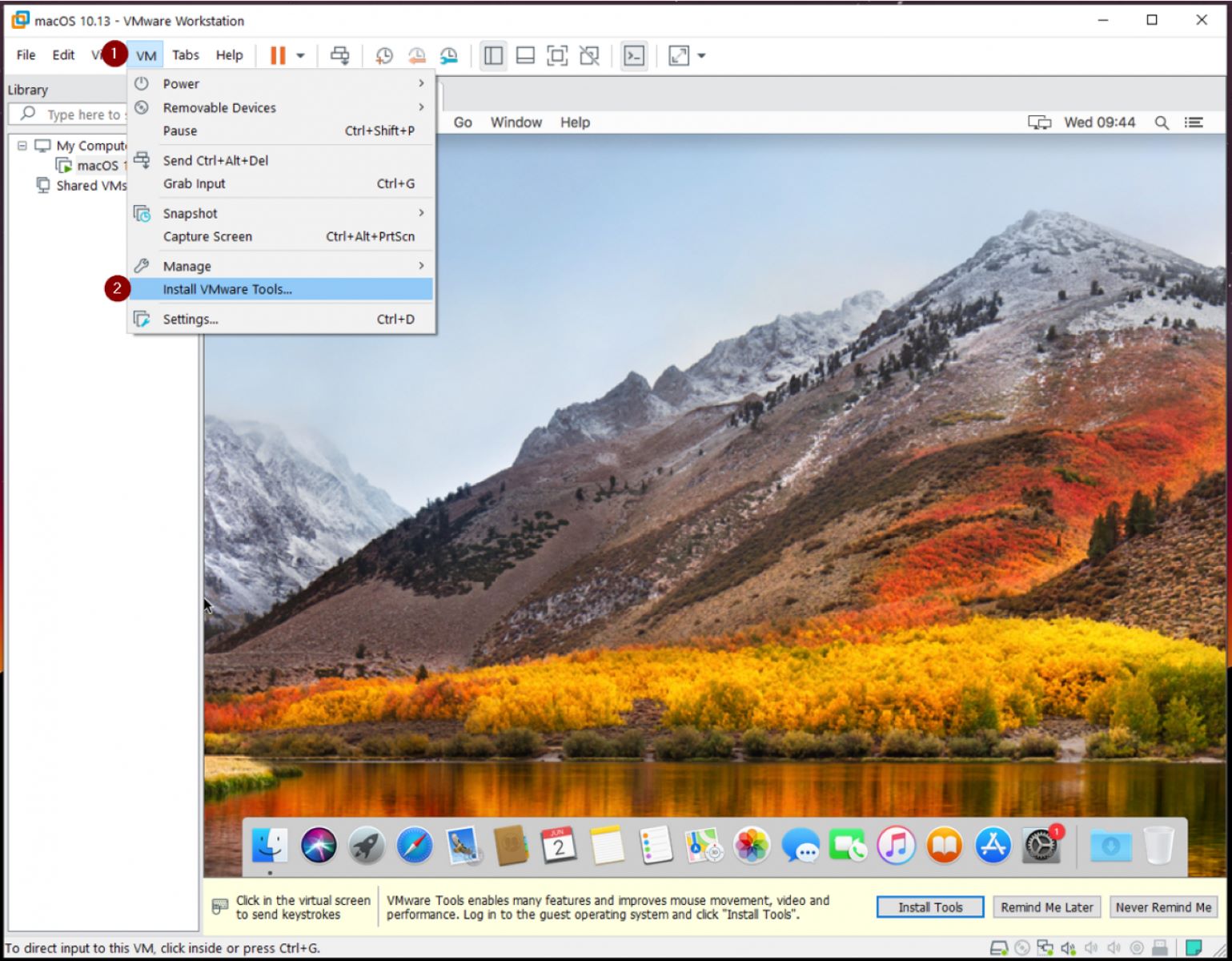Introduction
When working with virtual machines, it is crucial to have a clear understanding of their hardware resources. One important metric to consider is the number of cores allocated to a virtual machine. The number of cores directly affects the virtual machine’s processing power and performance.
In this article, we will explore different methods to check the number of cores in a virtual machine. Whether you are a system administrator managing virtual environments or simply a curious user wanting to know more about your virtual machine’s capabilities, these methods will help you retrieve the necessary information.
Knowing the number of cores in a virtual machine is essential for various reasons. Firstly, it allows you to gauge the virtual machine’s processing capability. Understanding the number of cores helps you determine how well the virtual machine can handle resource-intensive tasks or run multiple applications simultaneously.
Secondly, knowledge of the number of cores can assist in optimizing resource allocation. By knowing how many cores are available, you can make informed decisions about distributing workloads among virtual machines or assigning resources to specific applications within the virtual environment.
Lastly, understanding the number of cores is crucial when troubleshooting performance issues. If you notice that a virtual machine is experiencing sluggish performance, checking the number of allocated cores can help pinpoint potential resource bottlenecks.
Now that we understand the importance of knowing the number of cores in a virtual machine, let’s explore the various methods to retrieve this information. We will cover three different approaches: using the Task Manager, utilizing PowerShell, and employing the Command Prompt. Each method offers distinct advantages and allows you to choose the one that best fits your preference and familiarity with the tools.
Why do you need to check the number of cores in a virtual machine?
Understanding the number of cores allocated to a virtual machine is crucial for several reasons. Let’s delve into why checking the number of cores in a virtual machine is important:
1. Performance Optimization: The number of cores directly affects the virtual machine’s processing power and performance. By knowing the number of cores, you can assess the virtual machine’s ability to handle resource-intensive tasks and run multiple applications simultaneously. This knowledge enables you to optimize resource allocation, ensuring that the virtual machine operates at peak efficiency.
2. Workload Distribution: When managing virtual environments with multiple virtual machines, knowing the number of cores becomes vital for workload distribution. By understanding the available cores, you can assign resources to specific applications or distribute workloads among virtual machines prudently. This allows for efficient utilization of resources, avoiding overloading virtual machines and improving overall performance.
3. Troubleshooting Performance Issues: In the event of performance issues, checking the number of cores can help identify potential resource bottlenecks. If a virtual machine is experiencing sluggish performance, an inadequate number of cores may be the cause. By monitoring and comparing the number of allocated cores to the virtual machine’s workload, you can pinpoint any discrepancies and take corrective measures accordingly.
4. Capacity Planning: Understanding the number of cores in a virtual machine is essential for capacity planning. With this knowledge, you can assess whether the virtual machine has sufficient resources to handle future demands. It allows you to make informed decisions about scaling up or scaling down the virtual machine’s resources to meet changing requirements.
5. Cost Optimization: By checking the number of cores, you can ensure cost optimization in virtual environments. Overprovisioning virtual machines with an excessive number of cores can lead to unnecessary expenses. On the other hand, underprovisioning with too few cores can negatively impact performance. Accurate knowledge of the number of cores enables you to strike the right balance between performance and cost, optimizing your virtual infrastructure for both efficiency and budget.
These are just a few reasons why it is crucial to check the number of cores in a virtual machine. Now that we understand the significance, let’s explore different methods to retrieve this information in the upcoming sections.
Method 1: Using Task Manager
The Task Manager is a built-in tool in Windows that provides real-time information about various system resources, including the number of cores in a virtual machine. Here’s how you can check the number of cores using the Task Manager:
- Press Ctrl + Shift + Esc to open the Task Manager.
- In the Task Manager window, click on the Performance tab.
- Under the Performance tab, you will find a graphical representation of CPU usage. Look for the box labeled “Cores” or “Logical Processors.” The number displayed represents the total number of cores available in the virtual machine.
- Additionally, you can click on the “CPU” option in the left pane of the Task Manager to view detailed information about each core, including their usage and speed.
The Task Manager provides a straightforward method to check the number of cores in a virtual machine, making it accessible to users of all levels of expertise. It offers real-time information and enables you to monitor CPU usage alongside core details.
This method is particularly useful when you need a quick overview of the number of cores in a virtual machine. However, it is important to note that this method only shows the total number of cores without providing any additional details about their specific configuration or architecture.
Now that we have covered using the Task Manager, let’s explore another method to check the number of cores using PowerShell.
Method 2: Using PowerShell
PowerShell is a powerful command-line shell and scripting language that allows you to automate tasks and manage systems efficiently. You can use PowerShell to quickly check the number of cores in a virtual machine. Here’s how:
- Open PowerShell by searching for “PowerShell” in the Windows Start Menu.
- Type the following command and press Enter:
Get-WmiObject Win32_ComputerSystem | Select-Object -ExpandProperty NumberOfLogicalProcessors - The output will display the number of logical processors configured in the virtual machine, which corresponds to the number of cores available.
- If you want to retrieve additional information about the virtual machine, you can use the following command instead:
Get-WmiObject Win32_Processor. This command will provide detailed information about each processor core, including the number of cores, threads, and other specifications.
PowerShell provides a flexible and scriptable way to retrieve information about the virtual machine’s cores. The commands mentioned above allow you to quickly retrieve the necessary information without the need for additional tools or graphical interfaces.
This method is particularly useful when you need to automate tasks or access core details programmatically. It provides granular information about each core, allowing for in-depth analysis and management of virtual machines.
Now that we have explored using PowerShell, let’s move on to another method: checking the number of cores using the command prompt.
Method 3: Using Command Prompt
Command Prompt, also known as CMD or Command Line, provides a text-based interface to interact with the Windows operating system. You can also use Command Prompt to check the number of cores in a virtual machine. Here’s how:
- Open Command Prompt by searching for “Command Prompt” in the Windows Start Menu.
- Type the following command and press Enter:
wmic cpu get NumberOfCores - The output will display the total number of cores configured in the virtual machine.
- Alternatively, you can use the command
wmic cpu get NumberOfLogicalProcessorsto retrieve the number of logical processors, which corresponds to the number of cores in the virtual machine.
Command Prompt provides a simple and command-line-based approach to retrieve information about the virtual machine’s cores. It offers a lightweight method to quickly obtain the necessary information without the need for graphical interfaces or additional tools.
This method is particularly useful when you prefer using the command line interface or require a lightweight solution for retrieving core information. It allows for easy integration into scripts or batch files for automation purposes.
Now that we have covered all three methods – using the Task Manager, PowerShell, and Command Prompt – you have a variety of options to choose from when checking the number of cores in a virtual machine.
Conclusion
Checking the number of cores in a virtual machine is essential for understanding its processing power, optimizing resource allocation, troubleshooting performance issues, and planning capacity effectively. In this article, we explored three methods to retrieve the number of cores: using the Task Manager, PowerShell, and Command Prompt.
The Task Manager provides a user-friendly graphical interface that displays real-time information about CPU usage and the total number of cores in the virtual machine. It is a convenient option for a quick overview of core information.
PowerShell offers a powerful command-line shell that allows for automation and detailed analysis of cores. With a few commands, you can obtain the number of logical processors or retrieve granular information about each core.
Command Prompt, a lightweight text-based interface, provides a simple and efficient method to check the number of cores. It is useful when you prefer a command-line approach or need to integrate core information into scripts or batch files.
By leveraging these methods, you can easily retrieve the number of cores in your virtual machine and enhance your understanding of its capabilities. Whether you are a system administrator managing virtual environments or an inquisitive user exploring your virtual machine’s resources, these methods offer practical solutions to retrieve the necessary information.
Remember to regularly check your virtual machine’s core configuration to ensure optimal performance and resource allocation. The ability to accurately assess the number of cores empowers you to make informed decisions when it comes to workload distribution, troubleshooting, and capacity planning.
Now armed with the knowledge of these three methods, you can confidently check the number of cores in your virtual machine and make the most of its processing capabilities.

























